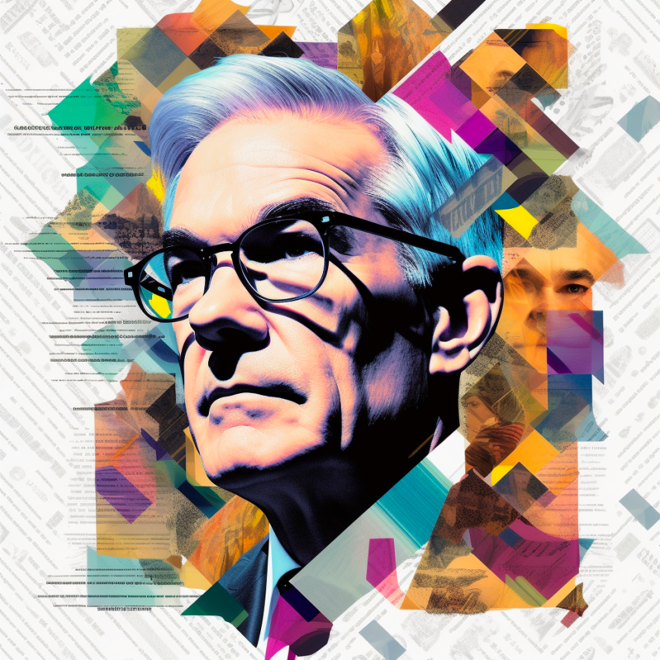Advertisement
Advertisement
Powell vs. Lagarde: Diverging Takes on Economic Uncertainty
By:
Lagarde vows high EU rates against inflation; Powell urges patience in assessment, stressing measured response.
Highlights
- Lagarde hints at ECB’s strategic changes.
- Powell emphasizes core inflation monitoring.
- Both remain committed to 2% inflation target.
Navigating Uncertainty: Comparing the Stances of Jerome Powell and Christine Lagarde
When it comes to leading financial institutions, clear communication is paramount. Recently, Federal Reserve Chair Jerome Powell and European Central Bank (ECB) President Christine Lagarde expressed their views on interest rates, inflation, and the evolving global economic situation at the Fed’s Jackson Hole Symposium. Though both reiterated their commitment to the 2% inflation target, the nuances of their speeches were distinctive.
Lagarde’s European Concerns
Lagarde’s remarks, made against the backdrop of a struggling European economy plagued by high inflation, were notably direct. She confirmed that interest rates in the EU would remain high “as long as necessary” to combat inflation, suggesting a continuation of the bank’s current assertive stance. The ECB, under her leadership, has been aggressive; the rapid hike from a -0.5% benchmark rate to 3.75% within a year underscores this.
Lagarde delved into potential disruptions to the global and European economies which might mandate prolonged elevated rates. These challenges ranged from climate change and the transition to renewable energy, to geopolitical issues like Russia’s invasion of Ukraine. Notably, she spoke about evolving the ECB’s approach to be more forward-looking, hinting at potential strategic changes to tackle unforeseen challenges.
Powell’s Prudent Path
On the other side of the Atlantic, Powell was cautious yet firm. Echoing last year’s sentiments, he maintained that while inflation had seen a decrease, it was still unacceptably high. The Fed, in his view, might still have work to do.
Powell was clear about the risks of both under-reacting and over-reacting, demonstrating a thoughtful and balanced approach. His mention of navigating by stars under cloudy skies paints an apt picture of the current economic uncertainty. While the US has witnessed steady economic growth and strong employment figures, Powell signaled that the mission isn’t accomplished just yet. The Fed, according to him, is prepared to be patient and assess the totality of the data before making future decisions.
Common Ground and Divergences
Both leaders showcased a commitment to the 2% inflation target. Powell’s firm declaration, “Two percent is and will remain our inflation target,” echoed Lagarde’s sentiment of not changing rules midway.
However, while Lagarde was more explicit about potential global disruptions, Powell was a tad more insular, breaking down inflation into three key metrics with a primary focus on core inflation. His decision to hone in on core inflation, goods, housing services, and nonhousing services offers insight into the Fed’s current monitoring system.
Additionally, while Powell spoke about the uncertainty of identifying the neutral rate of interest, Lagarde was silent on this aspect. Instead, she focused on longer-term economic changes and potential inflation pressures.
Conclusion
In conclusion, while both Lagarde and Powell maintain a commitment to their respective institution’s 2% inflation goal, the emphasis of their speeches diverged based on regional priorities and economic climates. Lagarde’s speech was a clarion call for vigilance in the face of global disruptions and a pledge for adaptability. Meanwhile, Powell’s cautious optimism, centered on measured responses to evolving data, reflected the current US economic trajectory.
The world’s economic landscape is shifting, and as it does, the decisions and stances of these two financial titans will play a pivotal role in shaping the future.
About the Author
James Hyerczykauthor
James Hyerczyk is a U.S. based seasoned technical analyst and educator with over 40 years of experience in market analysis and trading, specializing in chart patterns and price movement. He is the author of two books on technical analysis and has a background in both futures and stock markets.
Advertisement
